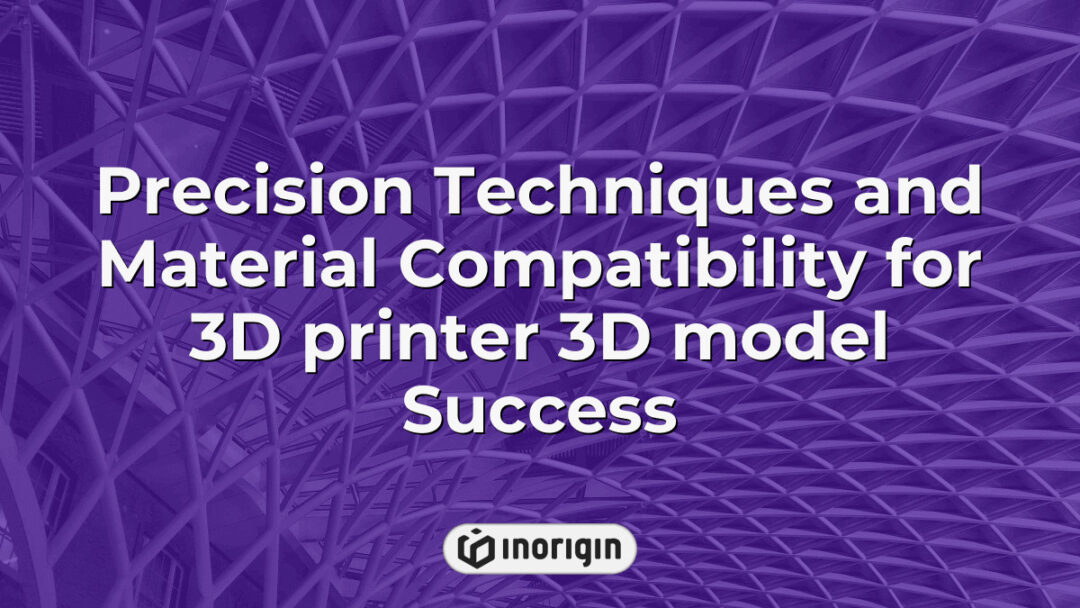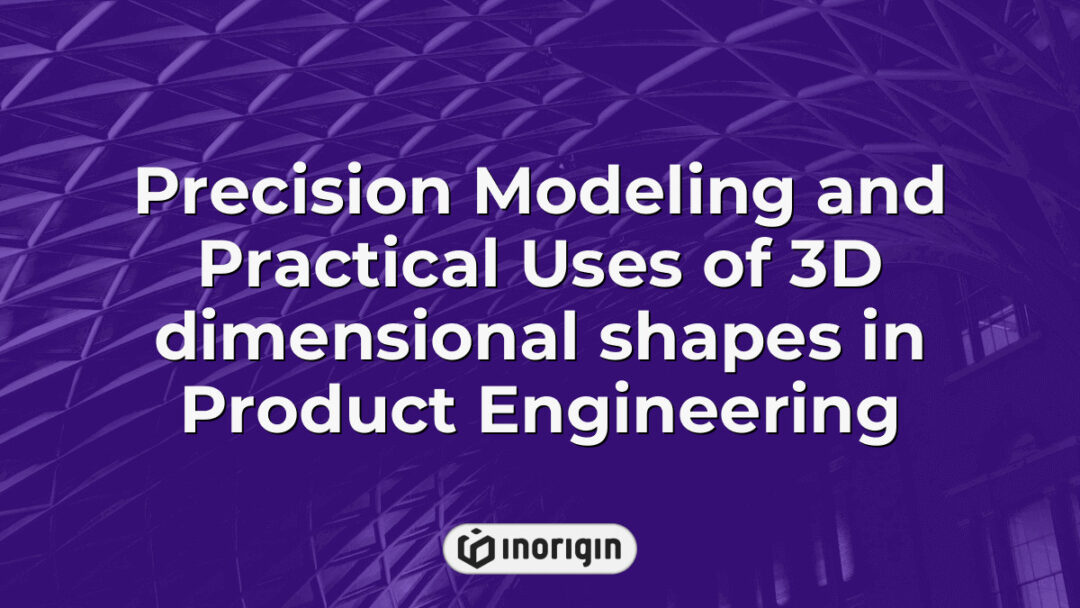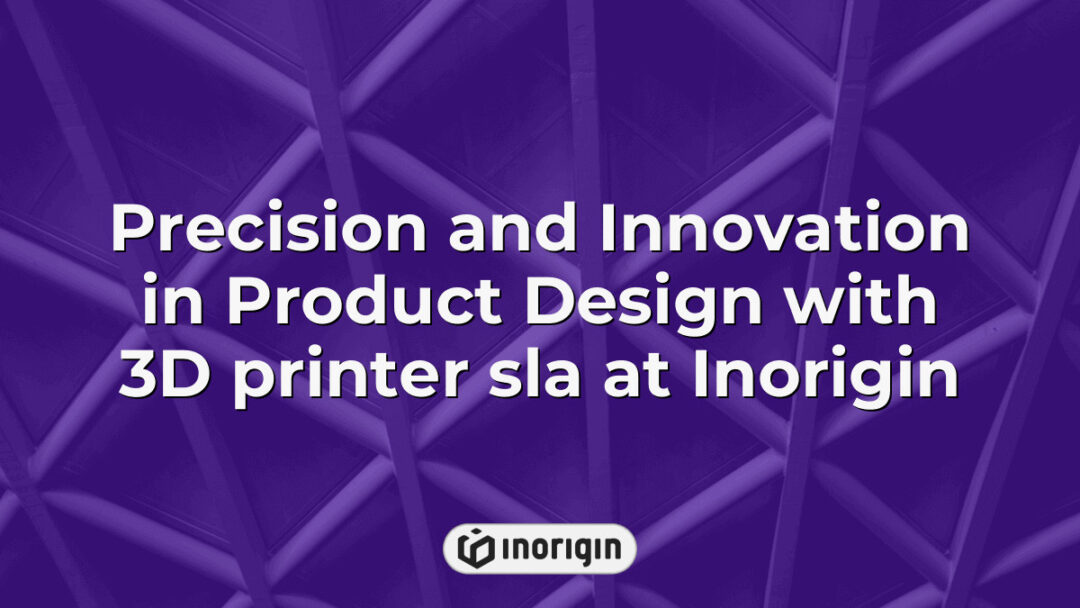The advent of 3D printing technology has revolutionized the landscape of design and manufacturing, enabling unprecedented opportunities for innovation across various fields. Central to this transformative process is the 3D model, a digital representation that serves as the blueprint for creating tangible objects through additive fabrication techniques. This article delves into the intricate relationship between 3D printers and their corresponding models, exploring how advancements in modeling software and printer capabilities have expanded the horizons of creativity and functionality. By examining key developments, applications, and challenges within this domain, a comprehensive understanding of the significance of 3D models in contemporary technological practices will be established, thereby highlighting their critical role in shaping the future of production.
| Aspect | Key Takeaway |
|---|---|
| Role of 3D printer 3D model | The 3D printer 3D model serves as the critical blueprint guiding the fabrication of precise and functional products, bridging digital design with physical production. |
| Essential 3D File Formats | STL, OBJ, AMF, and 3MF file formats offer varying features like geometry, color, and material data, influencing model compatibility and print quality. |
| Sources for Quality Models | Specialized platforms such as Thingiverse and MyMiniFactory provide a wide selection of verified models, supporting diverse industrial and creative demands. |
| Custom Model Creation Tools | Advanced software like Blender and Fusion 360 enable precise tailoring of 3D models to meet engineering and design specifications for professional results. |
| Preparing Models for Printing | Ensuring geometric integrity, appropriate scaling, and optimized support structures is vital to achieve high fidelity and structural robustness during printing. |
| Printer Compatibility Considerations | Adapting 3D models to specific printing technologies (FDM, DLP, etc.) and materials enhances production efficiency and final product functionality. |
| Legal and Ethical Use | Understanding copyright and licensing terms is essential for safe utilization of downloadable 3D models, safeguarding intellectual property rights. |
Understanding 3D Models For Printing
The realm of 3D models for printing encompasses a diverse array of digital designs that serve as the foundational blueprints from which physical objects are fabricated. Initially, it is essential to recognize that these intricate illustrations must adhere to specific geometrical and technical standards to ensure successful replication through additive manufacturing processes. Furthermore, the fidelity of a model directly influences the functionality and aesthetic quality of the final product; thus, precision in design becomes paramount. Transitioning from theoretical concepts to practical applications, one encounters various software tools that facilitate the creation and modification of 3D structures, allowing designers to manipulate parameters such as scale, texture, and complexity with relative ease. As advancements in technology continue to evolve, particularly in areas such as scanning techniques and modeling software capabilities, there emerges an increasingly significant emphasis on optimizing models for printability—addressing challenges like support structures and material constraints. This comprehensive understanding underscores not only the importance of technical proficiency but also highlights the dynamic interplay between creativity and engineering within the domain of 3D printing.
Popular 3D File Formats And Their Uses
The landscape of 3D printing is significantly shaped by the various file formats utilized to store and convey three-dimensional models. Among these, STL (Stereolithography) remains one of the most prevalent formats due to its simplicity and widespread compatibility with numerous 3D printers. This format encapsulates only geometric data, which allows for efficient processing but limits color representation and complex textures. Transitioning from STL, OBJ (Wavefront Object) introduces additional capabilities by supporting multiple colors and texture mapping, thereby catering to applications that require a more detailed visual output. Another noteworthy format is AMF (Additive Manufacturing File Format), designed specifically for additive manufacturing processes; it enhances upon STL’s limitations by incorporating features such as color information and material specifications, making it particularly suitable for advanced printing technologies. Additionally, 3MF (3D Manufacturing Format) has emerged as a modern alternative aimed at addressing interoperability issues among different software platforms while retaining rich model details like color and texture. Each of these file formats serves distinct purposes within the realm of 3D printing, reflecting evolving demands in design complexity and technological advancements in fabrication methods.
Where To Find And Download 3D Models
In the realm of 3D printing, locating and acquiring suitable models can often prove to be a daunting task; however, numerous resources exist that facilitate this process. Initially, online repositories such as Thingiverse and MyMiniFactory serve as comprehensive platforms where users can explore an extensive array of user-generated designs across various categories. Furthermore, specialized marketplaces like Cults3D and CGTrader offer both free and paid options for high-quality models, catering to diverse needs ranging from hobbyist applications to professional use. Additionally, websites dedicated to specific niches, such as TurboSquid for architectural elements or Sketchfab for interactive models, enhance accessibility by providing targeted searches tailored to particular industries or interests. It is important to note that many of these platforms not only furnish downloadable files but also encourage community engagement through user reviews and ratings, thus ensuring a higher standard of quality in available designs. Ultimately, leveraging these varied sources enables individuals and businesses alike to efficiently procure 3D models suited to their specific requirements.
Creating Your Own 3D Models: Tools And Techniques
Creating custom 3D models necessitates a thorough understanding of various tools and techniques that cater to different skill levels and project requirements. Initially, software such as Blender, Tinkercad, and Fusion 360 serve as foundational platforms for both novice and experienced designers; each program offers distinct functionalities ranging from basic geometric shaping to advanced parametric modeling. Subsequently, the design process involves several critical stages including conceptualization, sketching, digital sculpting, and refinement. Furthermore, incorporating texturing and rendering techniques enhances the aesthetic quality of the model while ensuring compatibility with specific printing technologies is essential for successful output. Additionally, engaging in online tutorials or communities can provide valuable insights into best practices and innovative approaches within the field of 3D modeling. Ultimately, mastering these tools not only facilitates creativity but also significantly improves the efficiency of producing print-ready designs tailored to diverse applications.
Tips For Preparing 3D Models For Printing
When preparing 3D models for printing, the importance of meticulous attention to detail is juxtaposed with the potential consequences of oversight. On one hand, a well-prepared model can yield high-quality prints that meet or exceed expectations; on the other hand, neglecting specific preparation steps may result in failed prints and wasted resources. To begin with, ensuring geometric integrity is crucial; this includes checking for non-manifold edges and inverted normals that could compromise printability. Furthermore, scaling plays a vital role in achieving accurate dimensions—models must be appropriately sized according to printer specifications to avoid distortion during fabrication. Additionally, optimizing support structures enhances stability during the printing process while minimizing post-processing effort. Transitioning from these technical considerations, it becomes evident that file format selection also warrants careful consideration; using formats such as STL or OBJ ensures compatibility across various slicing software platforms. Ultimately, a comprehensive understanding of these preparatory measures not only facilitates successful 3D printing but also contributes significantly to maximizing the efficiency and effectiveness of the entire additive manufacturing workflow.
Frequently Asked Questions
What Are The Common Mistakes To Avoid When Printing 3D Models?
When engaging with the process of 3D printing, various common mistakes can impede successful outcomes and lead to suboptimal results. Firstly, inadequate preparation of the 3D model often leads to complications during printing; issues such as non-manifold geometry or intersecting faces may disrupt the extrusion process. Secondly, improper calibration of the printer is critical; if not meticulously adjusted, parameters such as bed leveling and nozzle height can result in poor adhesion or layer misalignment. Moreover, selecting inappropriate print settings—such as incorrect temperature or speed—can compromise both the structural integrity and surface finish of the final object. Lastly, neglecting material compatibility can yield adverse effects on print quality; different filament types possess varying thermal properties which must be considered for optimal performance.
- Ensure proper model preparation by checking for manifold errors.
- Regularly calibrate printers to maintain accuracy in dimensions.
- Select appropriate print settings tailored to specific materials.
- Consider material characteristics before commencing a print job.
Addressing these factors contributes significantly to enhancing overall printing efficiency and achieving desirable product quality. Consequently, attention to detail throughout each stage of the 3D printing workflow becomes essential for minimizing errors and maximizing success rates.
How Do Different Types Of 3D Printers Affect Model Compatibility?
The compatibility of 3D models with various types of printers is influenced by several factors, including the printing technology employed and the materials utilized. For instance, Fused Deposition Modeling (FDM) printers generally require models to be designed with consideration for their layer-by-layer construction method, which often necessitates supports for overhangs; thus, a model optimized for an FDM printer may not perform well on a Stereolithography (SLA) machine that uses liquid resin cured by light. A hypothetical case illustrates this point: if a designer creates a complex architectural feature intended for SLA printing but fails to account for the limitations inherent in FDM processes—such as minimum wall thicknesses or support structures—the resulting print may exhibit structural failures or aesthetic discrepancies. Moreover, different printers have distinct build volumes and resolutions that further affect how certain features within a model can be realized. Consequently, understanding these variances is essential when preparing designs for successful 3D printing across multiple platforms. Ultimately, ensuring that digital models are tailored to align with specific printer capabilities enhances both fidelity and functionality during the manufacturing process.
What Are The Environmental Impacts Of 3D Printing Materials?
The environmental impacts of 3D printing materials can be likened to the ripples created by a pebble tossed into a still pond, where each ripple represents a different facet of ecological consequence. As the popularity of additive manufacturing grows, so too does the scrutiny surrounding the myriad materials utilized in this technology. Commonly employed filaments such as polylactic acid (PLA) and acrylonitrile butadiene styrene (ABS) exhibit distinct profiles regarding their life cycle emissions, biodegradability, and resource consumption. For example, while PLA is derived from renewable resources like cornstarch or sugarcane, its production involves agricultural practices that may lead to land-use changes and pesticide use. Conversely, ABS presents challenges related to fossil fuel dependence and hazardous waste generation during both its manufacture and disposal.
Moreover, when examining the impact of 3D printing on plastic pollution, it becomes apparent that improper disposal methods contribute significantly to environmental degradation. The thermoplastic nature of many common filaments allows for recycling; however, inadequate infrastructure often leads to these materials entering landfills or oceans. In addition to plastics, metal powders used in industrial 3D printing pose unique hazards due to potential toxicity if released into ecosystems through improper handling or post-processing techniques.
Thus, stakeholders must navigate a complex landscape marked by trade-offs between innovation and sustainability. While advancements in material science are yielding alternatives with lower environmental footprints—such as bio-based polymers or recyclable composites—the urgency for responsible practices remains paramount within the industry. Ultimately, understanding these multifaceted interactions enhances awareness of how choices made in the realm of 3D printing can reverberate throughout natural systems, necessitating proactive measures toward minimizing adverse effects on the environment.
Can I Use A 3D Model Designed For One Type Of Printer On Another Type?
The adage "One size does not fit all" aptly illustrates the complexities associated with using a 3D model designed for one type of printer on another. This principle underscores the importance of compatibility between specific printer technologies and their corresponding file formats, materials, and design parameters. Different 3D printers utilize various methodologies—such as Fused Deposition Modeling (FDM), Stereolithography (SLA), or Selective Laser Sintering (SLS)—each requiring distinct approaches to model creation and execution. Consequently, models optimized for particular printing techniques may exhibit features that are incompatible with alternative systems; for instance, intricate details suitable for SLA may not translate effectively when printed via an FDM process due to differences in layer adhesion and support structures. Furthermore, variations in dimensions and tolerances across different brands or types of printers can lead to discrepancies in final output quality and functionality. Therefore, careful consideration must be given to both the intended application of a 3D model and the specifications of the target printer before attempting such cross-compatibility, ensuring that designs meet technical requirements essential for successful reproduction.
What Are The Legal Considerations Regarding The Use Of Downloadable 3D Models?
The proliferation of downloadable 3D models has transformed the landscape of digital design and manufacturing, evoking a sense of both excitement and trepidation among creators and consumers alike. As users navigate this burgeoning realm, it becomes imperative to consider the legal ramifications associated with the utilization of these models. Copyright law plays a significant role in determining ownership rights; typically, original designs are protected under copyright as soon as they are created and fixed in a tangible medium. Consequently, unauthorized reproduction or distribution can lead to infringement claims against individuals or entities that fail to obtain proper licensing. Furthermore, various licenses govern the use of downloadable 3D models—ranging from permissive open-source agreements to more restrictive proprietary terms—which dictate how these resources may be utilized, modified, or shared. Ultimately, understanding these legal considerations is crucial for ensuring compliance and fostering an environment where innovation can thrive without infringing upon the rights of creators.
Conclusion
In the intricate tapestry of 3D printing, mastery over models emerges as a vital thread. By navigating file formats, sourcing designs, and honing creation techniques, one can transform digital visions into tangible realities. Ultimately, meticulous preparation ensures that each printed object tells its own unique story in three-dimensional form.
Related posts:
- Precision Workflow Enhancements for Obj File Models in Product Design and 3D Rendering
- Mastering Compatibility and Precision in 3D printer file format Selection
- Precision Engineering and Quality Control in stl format file for Advanced 3D Printing
- Optimizing stl file Resolution and Accuracy for Advanced 3D Printing at Inorigin
- Precision Strategies for Managing 3D Printing Files in Advanced Product Design
- STL Files Precision and Optimization Techniques for Advanced 3D Printing in Product Design




